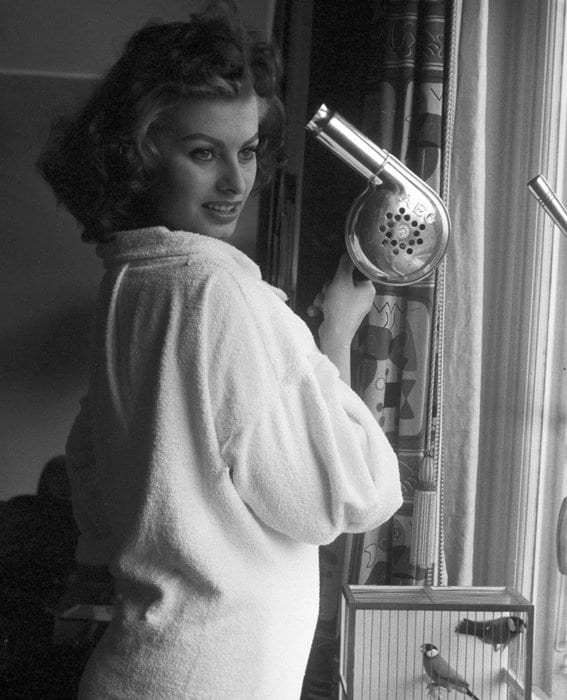Inventing the hair dryer in 1888 was French coiffeur and inventor Alexandre-Ferdinand Godefroy.
Sommario
- 1 The hair dryer and its ancestors
- 2 Portable hair dryer? It spreads thanks to “Bob”
- 3 Why is a hair dryer also called a blow dryer?
- 4 How the Phon works
- 5 Ionizer and optional functions
- 6 Hair dryer with nano ion technology
- 7 How does nano-ion technology work?
- 8 Jimmy F6 hair dryer with nano-ions and heat control
- 9 F2 hair dryer with negatively charged nano-ion generator
- 10 Why choose Fastbrain
- 11 Contact us for a free consultation
The hair dryer and its ancestors
The first ancestor of the hair dryer was a kind of multifunctional helmet connected to a gas stove.
The invention was equipped with a heat release valve so that women’s heads would not be “toasted.”
This type of hair dryer and the others to come, however, lacked an indispensable element present in the current ones: airflow.
In fact, advertisements in the early 20th century urged women to attach a hair-drying hose to the exhaust of their vacuum cleaners, pointing to the efficiency of this “technique” for drying.
The first patent for an electric hair dryer with hand-operated mechanical airflow was registered in the U.S. in 1911 by Gabriel Kazanjian, and in 1920 the first portable but very heavy electric hair dryers were marketed in Europe (initially in France and Germany).
Although they were impractical, they were appreciated by consumers and thus later improved by manufacturers. In 1926 a patent proposed a brush that could connect to a vacuum or ventilation apparatus.
The inventors’ attention then shifted to combining electric motors and fans to generate heat in portable hair dryers.
The prototypes, in fact, were very similar to today’s prototypes, equipped with an engine at the top a tube in which to pass airflow, but they were much heavier and unsafe.
The hair dryer began to take off after the 1920s, at the same time as irons, toasters, and hot plates, in a push to purchase small consumer appliances in residential areas.

Portable hair dryer? It spreads thanks to “Bob”
The hand-held hair dryer, as we understand it in modern times, became popular at the same time as the fashion for the bob or also known as the garçonne cut, a hairstyle in vogue in the 1920s.
It was a bob or bob prized by women and brought to success by some of the divas or dancers of the time such as Polaire, Irene Castle, Luise Brooks, and style icons such as Coco Chanel (but it is said to have been inspired by the iconography of Joan of Arc).
In fact, this type of hairstyle requires some extra attention and a different drying technology that pays more attention to individual detail.
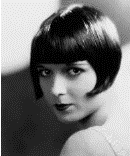
Why is a hair dryer also called a blow dryer?
The word “Phon” is misused, although widely used to designate the hair dryer.
In fact, phon or Fon comes from the Greek phonḗ meaning ‘sound.’
Its popularity is due to the Fön brand derived from the German Föhn, which had produced a model of hair dryer called Foen in the 1930s and was inspired by the name for dry, hot wind, known in Italy as Favonio.
How the Phon works
The operation of the hair dryer is due to the electric motor that moves a fan and draws in air, returning it hot thanks to an electric heating resistor.
The resistor, formed by a nickel-chromium wire, can have different power: from 700 to 2400 W.
The heating element, in order not to glow, is protected by a thermostat that regulates the output temperature (around 70-80°).
At the same time, the airflow generated by the fan is also regulated.
Ionizer and optional functions
Some hair dryers have optional features such as cold shot, which is the interruption of hot air flow by temporarily blocking the current to the heating element and useful for fixing the crease.
The ionizer is associated with the heating element and produces negative ions, which can fragment the water particles on the wet hair, allowing faster drying and thus less damage from hot air on the hair, which would otherwise tend to dehydrate and thus dry out or brittle quickly.
This technology, typical of some state-of-the-art hair dryers, helps to achieve a shinier, more moisturized, and less frizzy hair, preventing the formation of electrostatic charges (the classic electrified hair).
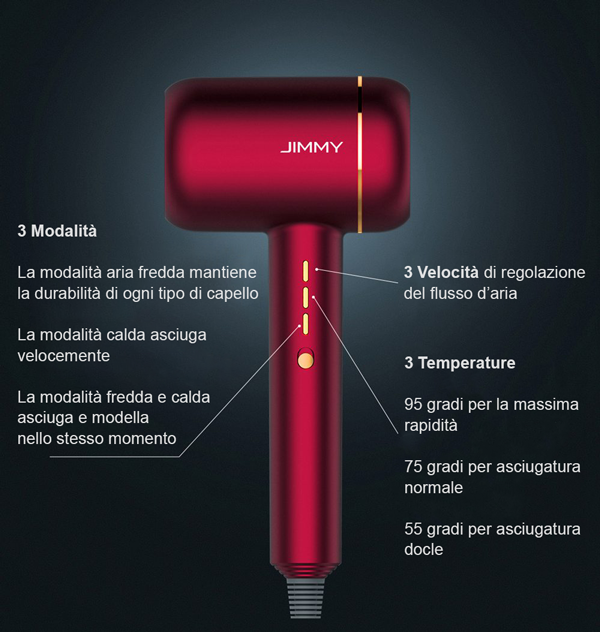
Hair dryer with nano ion technology
Nano ion technology is based on the emission of negative ions, which, as explained earlier, fragment water molecules into micro particles that, when reabsorbed by the hair, moisturize it.
As a result, frizz is eliminated and the hair is visibly shinier.
Of all the most innovative technologies discovered throughout history, in fact, ionic technology is among the most revolutionary for hair health.
An innovation also as a drying technique: it is faster and less invasive to the hair.
In addition, faster drying equals less time spent using the hair dryer and thus also saves energy on the utility bill.
How does nano-ion technology work?
Ionic technology is based on the operation of a high-voltage charged needle, and negative ions are basically atoms that capture electrons that break up water molecules, allowing the hair to rehydrate while remaining soft.
In contrast, the positive ions emitted by normal drying (jet of hot water conveyed by a fan with electronic resistance and electricity buildup) tend to dry out the hair-literally blow the water away.
For those with curly hair, nano-ion technology makes it bouncy and fights frizz. Hair is less dry, more moisturized and supple;
For those with fine hair, it makes it soft and shiny, while the increased moisture gives more body.
The Jimmy brand produces state-of-the-art hair dryers with nano-ionic technology, placing it among the top of the range but with a special focus on price. Below are the features of two of the most popular models, now also available in the Fastbrain store.
Jimmy F6 hair dryer with nano-ions and heat control
Intelligent heat control: prevents damage from excessive heat.
High-speed brushless motor: high flow, fast drying.
Nano-ion technology: eliminates frizz, gives shine.
Healthy and strong hair: nourishes and strengthens the hair at the root.
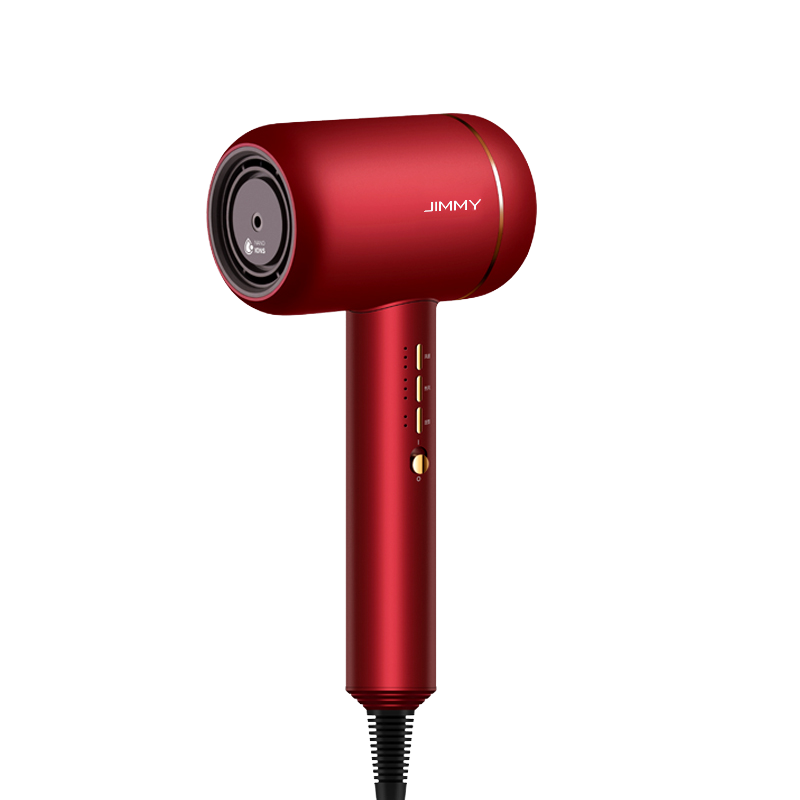
3 modes of use.
- Cold air, allows longer lasting hairstyle;
- Warm air, dries quickly;
- Hot and cold air, dries and shapes the hair.
3 air jet speeds.
3 temperatures:
- 95°, high temperature to dry quickly;
- 75°, medium temperature for standard drying;
- 55*, low temperature to dry gently.
Three nozzles to create ever-changing hairstyles.
- 220-240V voltage;
- 1800W power;
- Airflow 18L/S;
- High-speed brushless motor;
- Nano-water ions;
- Negative ions >10M/cm;
- Modalities;
- Cold, hot, cold and hot circulation.
F2 hair dryer with negatively charged nano-ion generator
Electric hair dryer
Heat control: JIMMY F2 is equipped with an efficient hot air emission method that allows a constant temperature at all times.
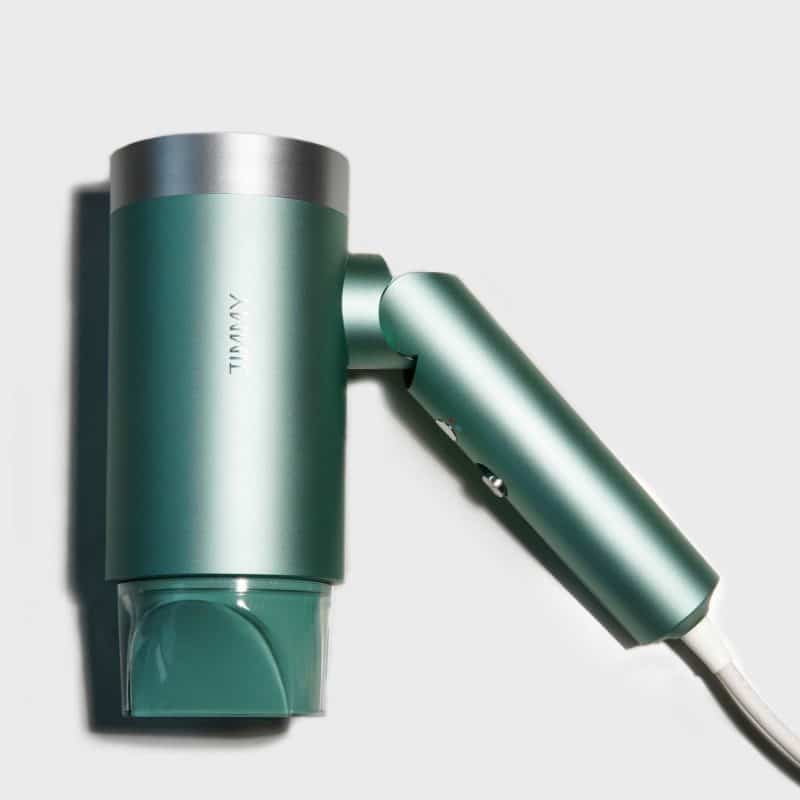
This allows the hair to be protected and prevent it from being damaged by excessive heat.
Nano-ion generator: Generates negatively charged nano-ions that deeply nourish the hair. In addition to reducing static electricity, they regulate hydration by reducing the occurrence of split ends and keeping hair soft and shiny.
Convenient folding design: It can be easily stored, saving space, or conveniently taken on the go thanks to its folding design.
- Double back protection;
- Spout for quick drying;
- 220-240V voltage;
- 1800W power;
- Air jet 1.5m3/min;
- High-speed brushless motor;
- Nano-water ions;
- Negative ions 20M/cm;
- 2 speeds and cold or hot circulation.

The JIMMY brand is owned by KingClean Electric Ltd, an industry leader founded in 1994 and consideredone of the world’s largest vacuum cleaner manufacturers.
KingClean is one of the largest R&D producers for high-speed motors in China and issues about 200 new patents each year.
In 2018, the JIMMY brand enters the market for cordless electric brooms and household cleaning products. In 2019, JIMMY lands in Italy. In 2022 Fastbrain Engineering S.r.l became an official JIMMY partner with B2B distribution of the brand.
Why choose Fastbrain
Fastbrain Engineering Ltd. Certified Partner
of leading technology players, including.
Brother, Lenovo, Synology, Graetz, SiComputer
,
Canyon
,
Jimmy
, offers customized purchasing solutions tailored to the needs of professionals. It also offers pre-sales and after-sales support,Operational rental included.
We are a
central interlocutor
in ICT wholesale distribution and one of the leading players throughout the country in the IT and technology products distribution market. Key feature and competitive advantage are the selection of top brands and leading products in the most popular product categories.
Info:
info@fastbrain.it
| Tel 011.0376.054

